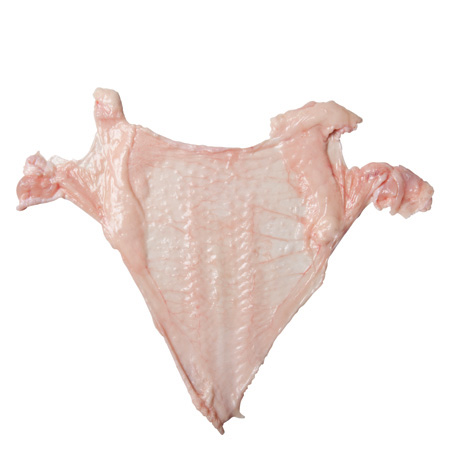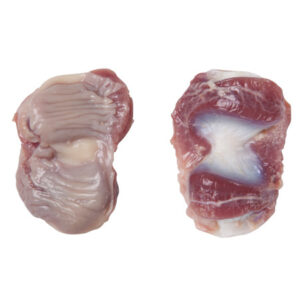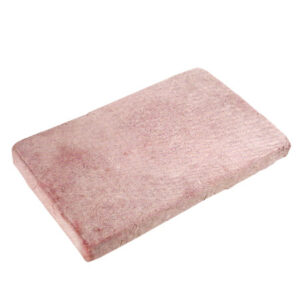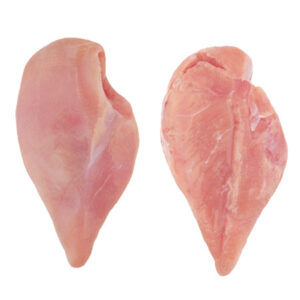Frozen Chicken Skin: A Versatile and Nutritious Ingredient
Frozen chicken skin is a hidden gem in the world of culinary and industrial applications. Known for its rich flavor, high-fat content, and versatility, chicken skin is used in various cuisines and industries worldwide. Whether you’re preparing a crispy topping for your favorite dish, rendering it into oil, or utilizing it for pet food and other products, frozen chicken skin offers numerous possibilities.
In this article, we’ll dive into the benefits, uses, and appeal of frozen chicken skin, showcasing why it’s a valuable ingredient for home cooks, chefs, and industries alike.
What Is Frozen Chicken Skin?
Frozen chicken skin is the outer layer of the chicken, separated during poultry processing and preserved through flash-freezing. This method locks in its freshness, flavor, and nutritional value, making it convenient for storage and use.
High-quality frozen chicken skin is clean, unblemished, and free from feathers or impurities, ensuring it meets the standards of consumers and businesses.
Benefits of Frozen Chicken Skin
1. Rich Flavor
Chicken skin is prized for its savory taste, often referred to as “umami.” When cooked, it develops a crispy, golden texture that enhances a variety of dishes.
2. Versatility
Frozen chicken skin can be used in many applications, from culinary creations to industrial uses such as rendering fat or producing pet food.
3. Nutritional Value
Chicken skin is a good source of fats, including omega-6 fatty acids, which provide energy and aid in the absorption of vitamins.
4. Cost-Effective
Frozen chicken skin is an economical choice for adding flavor and texture to meals or as a raw material for food and non-food products.
5. Long Shelf Life
Flash-freezing extends the shelf life of chicken skin, allowing it to remain fresh and ready for use over several months.
Culinary Uses of Frozen Chicken Skin
1. Crispy Chicken Skin Snacks
One of the most popular uses of chicken skin is frying or baking it to create crispy, golden snacks. These treats are flavorful, high in protein, and perfect for dipping sauces.
2. Chicken Skin Cracklings
Chicken cracklings are a favorite in many cultures. Simply fry frozen chicken skin until crispy and enjoy as a topping for soups, salads, or rice dishes.
3. Stock and Broth Enrichment
Adding chicken skin to soups or broths enhances their richness and imparts a deep, savory flavor. The fat content also contributes to a velvety texture.
4. Rendering Chicken Fat
Chicken skin is often used to render “schmaltz,” a traditional cooking fat that’s perfect for frying, sautéing, and baking.
5. Stuffing and Fillings
Ground chicken skin can be mixed with spices and herbs to create flavorful fillings for dumplings, sausages, or other stuffed dishes.
Industrial Uses of Frozen Chicken Skin
1. Pet Food Production
Chicken skin is a valuable ingredient in pet food, providing essential fats and nutrients that support healthy skin and coat in pets.
2. Fat Rendering
Industries use chicken skin to produce rendered fat, which is a key ingredient in many food and non-food products.
3. Collagen Extraction
Chicken skin is rich in collagen, which is used in cosmetics, supplements, and food products to promote joint health and skin elasticity.
Why Choose Frozen Chicken Skin?
1. Convenience
Frozen chicken skin is easy to store and use. It’s available in bulk quantities, making it a great option for restaurants, caterers, and manufacturers.
2. Consistency
Freezing ensures the product remains consistent in quality and texture, providing reliable results for culinary or industrial applications.
3. Sustainability
Utilizing chicken skin reduces food waste, contributing to sustainable food production practices.
4. Global Demand
Frozen chicken skin is popular in many cuisines, including Asian, European, and Latin American dishes, showcasing its wide appeal.
How to Use Frozen Chicken Skin
Thawing
- Refrigerator Method: Thaw chicken skin overnight in the refrigerator to ensure even defrosting.
- Cold Water Method: Place frozen chicken skin in a sealed bag and submerge it in cold water.
Cooking Methods
- Frying: Fry chicken skin in oil for a crispy snack or topping.
- Baking: Bake skin in the oven for a healthier, crispy option.
- Boiling: Add to soups or broths for enhanced flavor.
- Rendering: Heat in a skillet over low heat to extract fat for cooking or industrial use.
Storing Frozen Chicken Skin
Storage Guidelines
- Keep frozen chicken skin at 0°F (-18°C) or lower to maintain its quality.
- Use airtight containers or vacuum-sealed packaging to prevent freezer burn.
Shelf Life
Properly stored frozen chicken skin can last up to 12 months without losing flavor or texture.
Frozen Chicken Skin in the Food Industry
Frozen chicken skin is a staple for food processors, restaurants, and catering businesses. Its cost-effectiveness and flavor-enhancing properties make it an essential ingredient in many dishes.
In industrial settings, it’s used for rendering fat, producing collagen, and crafting pet food. Its versatility ensures it remains a high-demand product in global markets.
Conclusion
Frozen chicken skin is a versatile, nutritious, and cost-effective ingredient with applications in both the culinary and industrial worlds. Its rich flavor and high-fat content make it a favorite for creating crispy snacks, enriching broths, and rendering cooking fat.
Whether you’re a home cook looking to add a touch of indulgence to your meals or a manufacturer seeking a reliable raw material, frozen chicken skin is an excellent choice. Stock up on this versatile product today and explore its endless possibilities!








Reviews
There are no reviews yet.